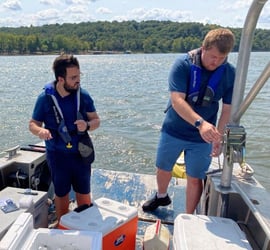
Harmful algal blooms (HABs) can have major economic impacts in waterbodies where people frequently recreate, and being able to predict HABs is …
Read Post

Cyanobacteria have the potential to produce harmful toxins, which can have adverse health effects on humans and animals. Monitoring tools are needed …
Read Post

Harmful algal blooms (HABs) present a growing challenge for water resource managers, ecosystems, and communities. Identifying algae, particularly …
Read Post
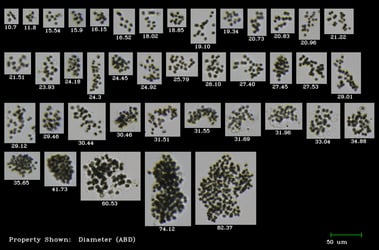
Microcystis is a genus of Cyanobacteria containing species capable of producing toxins called microcystins, which are harmful compounds that pose …
Read Post
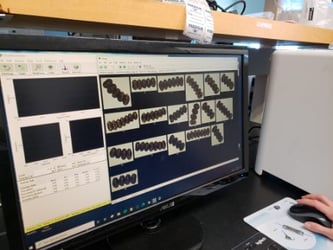
Savannah Mapes (pictured here) was a graduate student in the Reece Lab at the Virginia Institute of Marine Science (VIMS) when she was awarded the …
Read Post
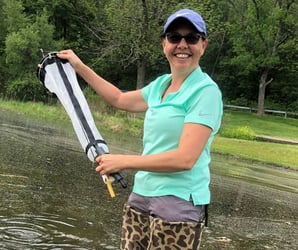
Harmful algal blooms can have a detrimental effect on the environment and on human and animal health. As a result of climate change, water utilities …
Read Post
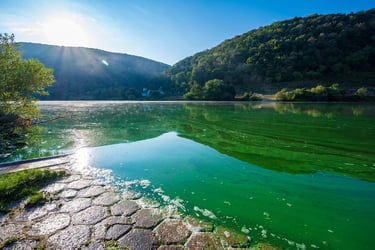
Harmful algal blooms (HABs) are natural phenomena that seriously affect ecosystems, human health, and local economies. While algae are essential …
Read Post
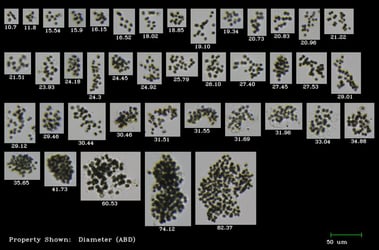
FlowCam customers frequently ask us how to optimize analysis of Microcystis, a globally pervasive colonial cyanobacteria (blue-green algae) which is …
Read Post

We recently hosted FlowCam customer Katharine McNaught of the PVWC to present a webinar on how she is using FlowCam to help monitor community …
Read Post
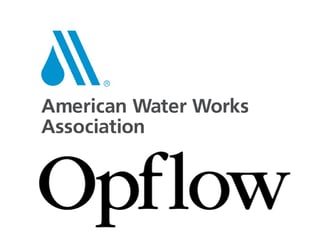
A successful HAB monitoring program should answer key questions that allow lake/reservoir managers to determine the next best course of action: What …
Read Post

Every summer since 2015 scientists from around the country have come to Bigelow Laboratory for Ocean Sciences in East Boothbay, Maine to be trained …
Read Post
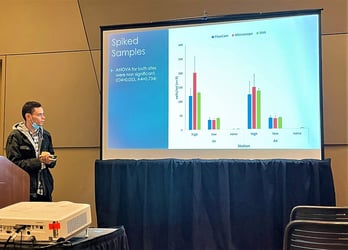
The FlowCam Student Equipment Grant has helped many graduate students complete their research. Beyond being awarded the use of a FlowCam instrument, …
Read Post






